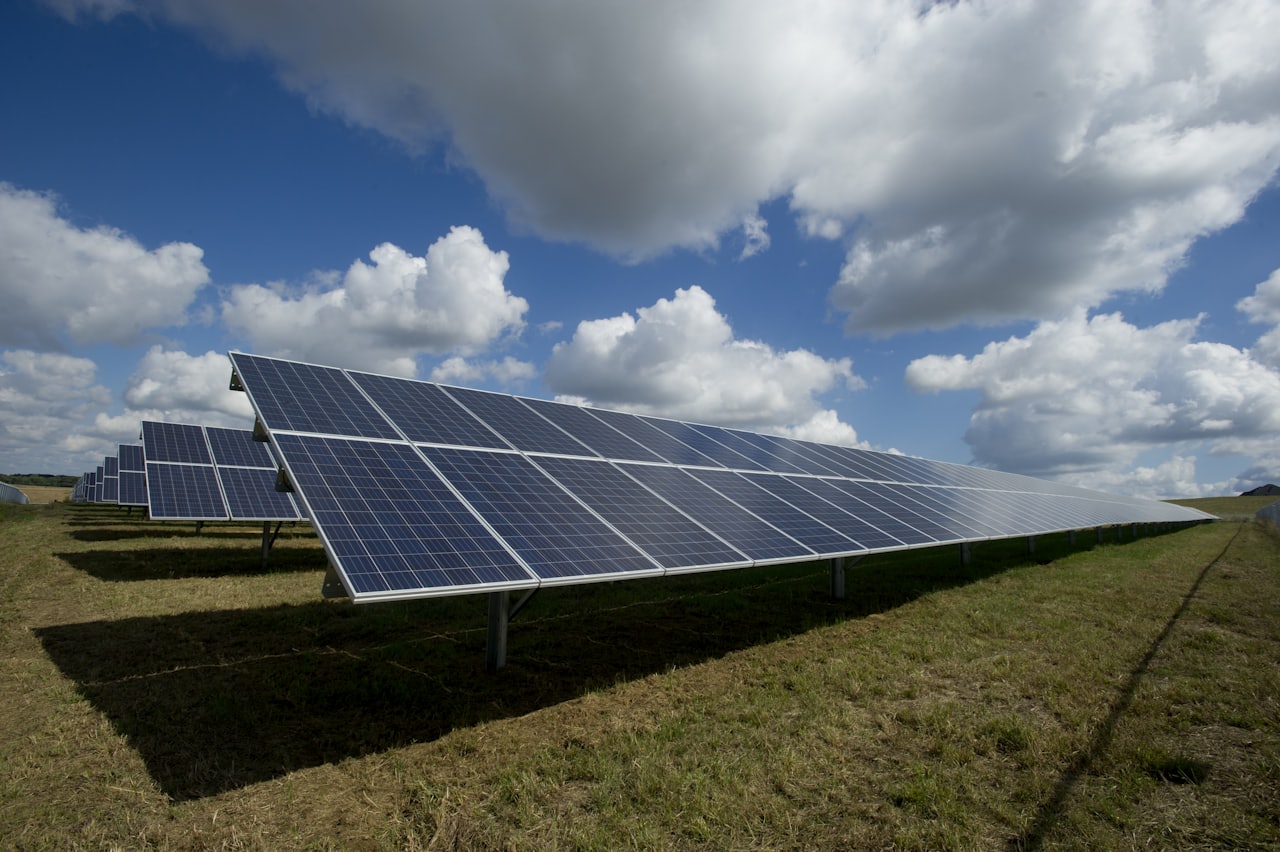Using energy sustainably
Discover our innovations for the energy transition and their advantages.

H2 Powerlink builds innovative energy storage and hydrogen systems for a sustainable future
Our mission is sector coupling to replace fossil energy and create sustainable solutions.
The goal is to utilise all by-products such as heat and oxygen and to use the energy storage systems flexibly.
Why choose H2 Powerlink?
At H2 Powerlink, we make the transition to sustainable energy easy and efficient. Our innovative hydrogen and energy storage solutions help businesses reduce their dependence on fossil fuels while improving energy efficiency.
We ensure that all by-products, like heat and oxygen, are fully utilized, creating a completely sustainable energy cycle. Our advanced storage systems stabilize the energy grid, making clean energy more reliable and accessible.
By converting unused thermal energy into hydrogen, we offer industries an eco-friendly, smart alternative that supports long-term sustainability. With our large-scale storage solutions, we help businesses secure a greener future while maintaining both efficiency and cost-effectiveness.
Smart use of energy
Discover our wide range of services that stand for quality and sustainability.
BESS (Battery Energy Storage Systems)
Large storage systems from 5 MW connected load and 10 MWh capacity (no upper limit).
Benefits of BESS:
Battery Energy Storage System (BESS) is a smart technology designed to store electricity in rechargeable batteries for later use. It’s a game-changer for modern energy grids because it helps stabilize power flow, integrate renewable energy, and make energy use more efficient overall.
One of the biggest benefits of BESS is its ability to balance energy supply and demand. It stores extra electricity when demand is low and releases it when demand spikes. This helps prevent power surges or blackouts, making the grid more reliable and stable.
BESS also plays a crucial role in supporting renewable energy sources like wind and solar. Since these sources depend on weather conditions, their output can be inconsistent. BESS stores surplus energy when these sources are generating more power than needed and makes it available when production drops, ensuring a steady and dependable energy supply.
Additionally, BESS helps businesses manage peak energy usage. By drawing from stored energy during high-demand periods, companies can reduce the load on the grid and save on electricity costs. Using power when prices are lower and tapping into stored energy during peak times can result in significant savings.
Another reason BESS is so valuable is its flexibility and scalability. Whether it’s for a small home setup or a large industrial application, it can be adapted to meet different needs. This adaptability makes it an essential part of moving toward a more sustainable energy future.
Integrated Energy (Sector Coupling)
Sector coupling connects the energy systems of electricity, heat, cooling, gas and industry. Instead of looking at each of these sectors individually, it takes a holistic approach with the aim of decarbonising the energy sector as a whole and using resources more efficiently.
Hydrogen Production
Hydrogen is considered a central component of the energy transition and offers a wide range of possible applications in energy supply.
Benefits of Hydrogen
Hydrogen is a crucial element in the transition to clean energy, offering a sustainable and versatile solution for various industries. As a fuel, it provides a carbon-free alternative to fossil energy, helping to reduce emissions and enhance energy security. Its ability to store and transport energy makes it a key component in the future of global energy systems.
The environmental advantage of hydrogen is the most important one. As a fuel, the only by-product of hydrogen is water vapor, hence a totally clean energy source. This helps in the reduction of greenhouse gases and helps improve the quality of air.
Hydrogen also acts much put in energy storage and grid stability. Sources that are renewable such as solar and wind tend to produce surplus power at times during peak production periods. This hydrogen can keep surplus energy and then give it back when needed storing that energy. It helps maintain a stable and reliable power supply to mitigate fluctuations in production.
In transport, hydrogen fuel cells give an efficient and green option to gasoline and diesel. This is especially good for heavy-duty hauls like trucks, buses, and trains where battery-electric answers may not work well because of long distances and high energy needs.
Sectors like iron and steel manufacturing, chemicals, and mining can all draw upon hydrogen in similar ways by replacing carbon-heavy methods with cleaner options. This would reduce their general impact on the environment while keeping them efficient and productive.
The making of hydrogen can be green when using fresh power sources. Green hydrogen made by electrolysis and fueled by wind or sun energy releases no carbon dioxide; this makes it a key part of a future without fossils. Also, hydrogen creation might use leftover heat and extra power from factory works, which helps efficiency and earth-friendly practices.
By introducing hydrogen in all these sectors from transportation to industrial and power generation it can become the central engine for a clean, flexible, and resilient energy system.

Maximize energy efficiency with H2 Powerlink
Main features briefly explained
Projectmanagement
Efficient planning and implementation
Energy Storage
Store electricity in the form of heat and gas.
Sector Coupling
Combine electricity with gas and heat production
System Integration
Seamless energy networking
Get in touch with H2 Powerlink
We look forward to supporting you in your challenges!
